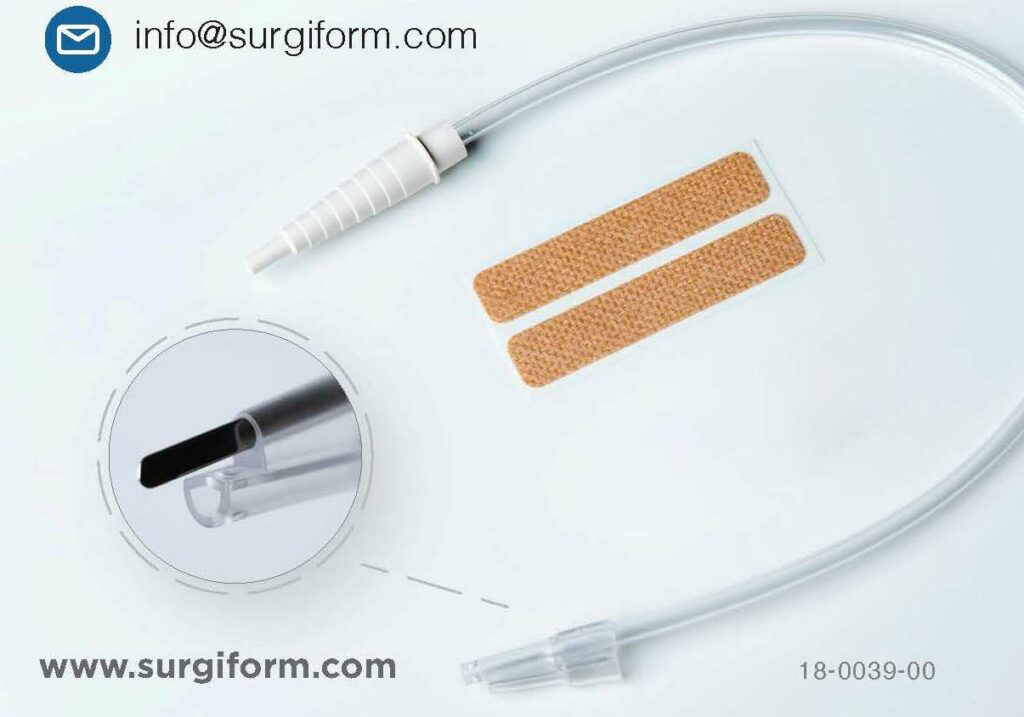The Saf-T-Vac Overcomes 4 Common Barriers to Surgical Smoke Evacuation
Surgical smoke is more than a nuisance, it’s a hazard!
Aside from the unpleasant smell and nausea, surgical smoke contains Hydrogen Cyanide, Toluene, Benzene, Formaldehyde, viable viruses like HPV and HIV, pyrogens, bacterial and particulates that inflame and irritate your eyes, sinuses and throat that can become trapped in your lungs. Over 80 toxic chemicals are known to be produced by electrosurgical ablation of human tissue. Over 500,000 people are exposed yearly while performing over 16 million electrosurgical procedures in the US alone. The AORN has stated that the average daily impact of surgical smoke on an OR team is the equivalent of smoking 27-40 cigarettes per day! You can not smoke cigarettes in a bar anymore, much less in a hospital. Why is surgical smoke still being tolerated?
The fact of the matter is there is no federal regulation of surgical smoke in this country. OSHA has a strong position but nothing with teeth. Controls are established state by state. Grassroots support for smoke evacuation is increasing every year as clinicians and facility managers become more educated on the damage. Many states have or are working on laws requiring surgical smoke evacuation. The days of dismissing the plume as a nuisance and smoke evacuation measures as an annoyance are over. The tide is turning. The AORN is one of the most vocal proponents of smoke evacuation and provides tracking of surgical smoke evacuation legislation by state. Click here to see where your state stands and what is happening around the country.

The 4 main barriers to the implementation of a surgical smoke evacuation program
- Cost: Current electrocautery smoke evacuation equipment (Hardware) manufactured by Stryker (Neptune), Conmed, Ethicon (Megadyne), and others start at about $1,500 per unit and can run into the thousands. In reality, these systems are vacuums that filter the smoke out of the air before returning it to the room. They work well and may be used with an assortment of disposable suction tube configurations that range from an open large diameter tube that is manually held above the surgical site to specially designed pencils that draw the surgical smoke through the pencil to the vacuum source.
- Hard to Use and Inconvenient: The Saf-T-Vac is universally adaptable to all standard Bovies! Simply slide the evacuation tip over the electrode and secure the tubing to the Bovie with the included steri-strips.
- Poor Performance: Most do not pull surgical smoke from the source allowing smoke to mix with the OR environment. Very few evacuate fluids.
- The Surgeon’s Preference: This is the BIGGEST HURDLE! If your surgeon does not like the surgical smoke evacuation option available, it won’t get used. It’s as simple as that.
Overcome ALL Barriers to Surgical Smoke Evacuation – Saf-T-Vac
The Saf-T-Vac Electrocautery Smoke Evacuator clears the hurdles associated with implementing a smoke-free OR.
- You Can’t beat the cost! Single-use disposable that is less than $15 per procedure. No hardware or equipment capital costs mean less red tape. It is that simple!
- Ease of assembly and attachment to any standard Bovie. Simply slip the tip over the electrode and position the end of the tip approximately 2mm from the end of the blade. Then secure the tube to the Bovie with the steri-strip that is provided. Connect to your vacuum source, and you are ready to GO! The adaptor on the distal end of the Saf-T-Vac tubing will securely connect to the vacuum source of choice. See the animation below.
- Effective and Efficient. Not only will the Saf-T-Vac remove the nauseating smell of electrocautery surgery, but it also removes the particulates that carry potentially hazardous chemicals, viruses, and bacteria. The Saf-T-Vac draws surgical smoke right from the source so that the smoke does not have a chance to mix with the air in your OR. This is a far superior approach to that of static electrocautery smoke evacuators that are held above the surgical site. As an added bonus, the Saf-T-Vac also draws fluids from the surgical site.
- With the Saf-T-Vac, the surgeon can keep the electrocautery Bovie that he or she prefers. The Saf-T-Vac’s unintrusive design minimizes the impact on dexterity and visualization. The fact surgeons can keep using the standard Bovie they are accustomed to with minimal adjustment to technique is the most important factor in achieving consistent use of smoke evacuation in the OR.


